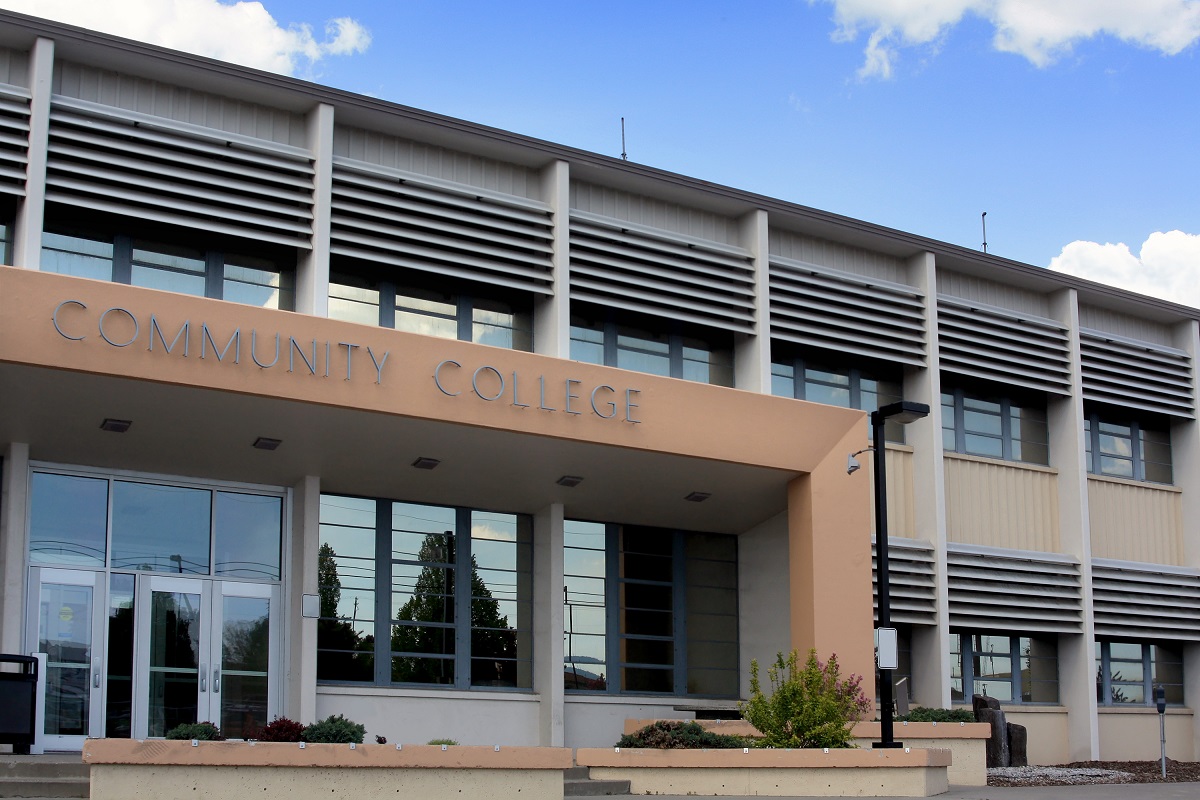Evidence of academic recovery among students following COVID-19 pandemic disruptions has been mixed. According to a report released in September by the Brookings Institution, most data sources indicate small but promising signs of recovery in math and no widespread evidence of recovery in English language arts.
As funding for programming and resources that have been critical to helping students catch up runs dry, states must take stock of where students are, accurately, in order to chart a path forward, according to researchers.
The latest review of available test score data shows some bright spots, but progress is far from consistent — some states fully recovered by spring 2023 while others continue to fall further behind, they found. And while math scores show “slow-but-promising progress to recovery,” there’s little evidence of such recovery in ELA.
“In this critical juncture, we must weigh the risks of various policy responses carefully. Underreacting and prematurely declaring recovery could lead to the withdrawal of essential supports, leaving countless students without the help they need to succeed. On the other hand, overreacting by continuing intensive supports might divert resources that could be used for other important needs, such as new technology or additional school counselors,” the report states. “Ensuring that every student has the resources they need to thrive and reach their full potential should be our priority.”
Findings
Researchers applied a consistent standardization approach to each data source — scale score differences from interim assessments (NWEA’s MAP Growth, Curriculum Associates’ i-Ready and Renaissance’s STAR) and the Education Recovery Scorecard (ERS), as well as grade-level proficiency rates from state summative assessments.
“All data sources indicate that some recovery occurred in math between 2022 and 2023, though the assessments differ both in the magnitude of the initial drop and the size of the improvement,” according to their findings.
For instance, a pattern of small but consistent progress towards recovery in math and mixed results in ELA emerged, the ERS showing the most optimistic recovery patterns — test score drops recovered by 30 percent in math and 21 percent in ELA by spring 2023. Additionally, the three interim assessments pointed to a smaller but still positive recovery trend in math (between 5 to 18 percent of the drop was recovered).
Because states use different assessments and different definitions of proficiency, researchers compared high-level trends in whether percent proficiency went up or down between 2022 and 2023, excluding states known to have changed their test or their proficiency thresholds over this period, to identify trends in the percentage of students classified as proficient.
In math, 45 percent of states were making progress toward or achieved recovery in 2023, compared to just 31 percent of states in ELA. No states demonstrate continued declines in math, whereas 7 percent of states show ongoing declines in ELA. State proficiency rates suggest recovery in math has been stronger than recovery in ELA (also though more states met “Recovered or Exceeding” in ELA than math, meaning spring 2023 proficiency rates were at or above spring 2019 rates).
“Across data sources, we generally observe that math is showing a clearer rebound pattern than ELA. The reason why is less clear,” according to the report. “One theory is that standardized tests may be better at measuring discrete skills that students are taught in math compared to ELA. It is also possible that schools focused recovery efforts more heavily on math skills coming out of the pandemic, since math is where the largest initial drops were reported.”
Most recent data
A handful of states have released spring 2024 proficiency trends, with Texas reporting mixed progress in ELA and declines in math, Indiana showing minimal change and Tennessee reaching recovery in both math and ELA.
Additionally, two interim assessment providers — Curriculum Associates and NWEA — have released data on test score trends for the 2023–24 school year. Both described inconsistent recovery patterns between 2023 and 2024, but Curriculum Associates found the youngest students (current second graders) are the furthest behind, while NWEA data indicated that eighth graders remain the furthest from recovery.
“Both reports did call attention to students from schools in lower-income or racially minoritized communities who remain the furthest from recovery,” PACE noted.





